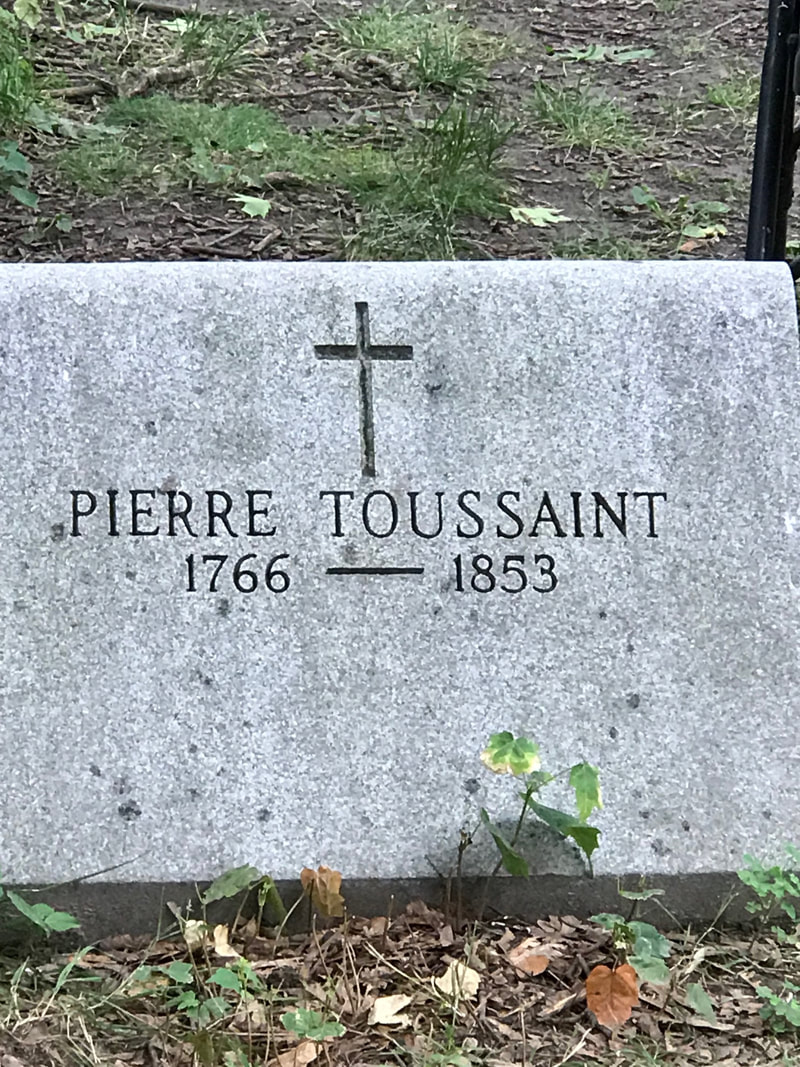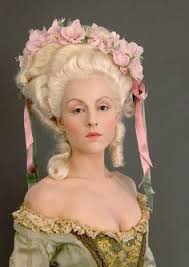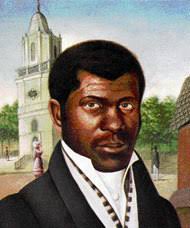Archived Blogs
|
I've always thought that cemeteries hold hundreds of stories. Here's one of them. Pierre was brought to the United States as a slave in 1787. He trained and worked as a hair stylist for wealthy women. Hair stylists in the 1700's had a different task than today. They had to work with hair that was stacked up high, curled, woven with ribbons and flowers. It took a lot of skill, time and it cost a lot of money. Women might spend $1,000 per year on their hair. That doesn't sound unreasonable unless you remember it was the late 1700's and it was actually a huge amount of cash. Apparently, Pierre was quite good at his craft and he served the most elite of New York City. His owner allowed him to keep a percent of his income and he was able to purchase freedom for both his wife and sister before he achieved his own independence at age 45. It was then that he took the last name Toussaint. Toussaint Louverture was best known as the leader of the Haitian Revolution, a slave revolt that lead to the elimination of slavery in the Republic of Haiti. Pierre's selection of that last name not likely a coincidence... Pierre and his wife opened their home to orphans and were benefactors for NYC Catholic school for Black Children at St. Vincent De Paul. They nursed the ill during an outbreak of yellow fever and brought baked goods to children suffering from hunger. Charity was a very, very important part of Pierre's existence. At a certain point, Pierre no longer needed to work but he said, "I have enough for myself but if I stop working, I have not enough for others." So he kept working. Pierre, a former slave, was one of the main contributors toward this... That's a picture of old St. Patricks Cathedral and it is absolutely stunning. There's a story that says that when it first opened, Pierre was turned away from entering (due to his race) by an usher that didn't recognize who he was. Fortunately, another man saw him and escorted him inside. Pierre Toussaint was declared Venerable in 1996. What does that mean? In the Catholic church, there is a pathway to becoming a saint. When a person dies, a Bishop can initiate an investigation looking for special favors or miracles. The candidate's life is examined closely for evidence of their faith. And then even more research takes place. Were they martyred? Motivated by charity toward their neighbors? A devil's advocate is assigned to look for reasons to deny the candidate. His job is to find flaws, to look for holes in the evidence presented. He will argue against the sainthood of an individual. On the other hand, if a candidate is found to be virtuous, he is then declared Venerable. (that's Pierre's title now) Beautification is the next step. Two verified miracles are needed in order to be declared a saint. It could still happen... Special thanks to the Catacombs by Candlelight Tour in NYC for this and many other fascinating stories...
0 Comments
Leave a Reply. |
Archives
October 2020
Categories |
COPYRIGHT 2017 SUSAN BADARACCO | Site Credits





 RSS Feed
RSS Feed